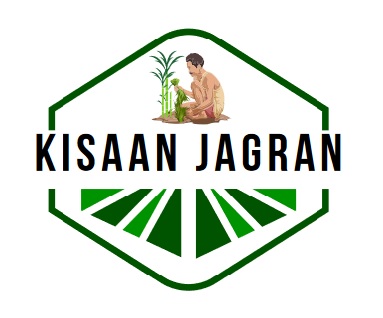
EARTH’S ATMOSPHERE Publish Date : 11/12/2024
EARTH’S ATMOSPHERE
Proff. R. S. Senagr
1.Prehensile feet is a characteristic of:
(a) Kangaroo (b) Tree frog
(c) Desert snakes (d) Parrot
Ans. B
2. Blubber is a characteristic of:
(a) Aquatic animals
(b) Reptiles
(c) Cartilaginous fish
(d)Bony fishes
Ans. A
3. Tree frogs have:
(a) Adhesive pads with sticky secretion at the tips of the digits for climbing
(b) Nuptial pads in their thumfor clinging
(c) Adhesive pads I their palms for clinging
(d) Claws for clinging on the trees
Ans. A
4. Uromastix store water in:
(a) Large intestine (b) Small intestine
(c) Buccal cavity (d) Stomach
Ans. B
5. The organism capable of climbing are categorized as:
(a) Volant (b) Cursorial
(c) Scansorial (d) Fosorial
Ans. C
6. The flying dragon is:
(a) Exocoetus (b) Draco
(c) Rhacophorus (d) Pteropus
Ans. B
7. The highly spiny desert lizard is:
(a) Mabuia (b) Moloch
(c) Phrynosoma (d) Heloderma
Ans. B
8. In marsupial moles, eyes are:
(a) With well developed rods and cones
(b) With keen eyesight to locate food
(c) Very powerful sensory organ
(d) Vestigial
Ans. D
9. One of the following desert animals have poison, the most deadly weapon of defence:
(a) Rattle snake (b) Heloderma
(c) Red ant (d) All of these
Ans. D
10. In Fossorial animals, tail is:
(a) Always absent
(b) Very strong & powerful
(c) Very small
(d) Very long
Ans. C
11. Short term adaptions are:
(a) Evolutionary importance
(b) Both A = b
(c) Of survival value
(d) Temporary
Ans. B
12. Animals having two footed mode of progression comes under:
(a) Bipedal gait
(b) Uniguligrade gait
(c) Digitgrades gait
(d) None of the above
Ans. A
13. Any modification in any part of the body that enable the organism to survive and reproduce within the particular environment is:
(a) Speciation (b) Adaption
(c) Aestivation (d) Variaion
Ans. B
14. The animals that live in caves are:
(a) Curosorial (b) Cavernicoles
(c) Crepuscular (d) Fussirial
Ans. B
15. Presence of long slender limbs, powerful muscles, reduced ulna &fibua is a characteristic of:
(a) Fossosial adaptation
(b) Curosorial adaption
(c) Cave adaptation
(d) Desert adaptation
Ans. B

Writer: Professor R. S. Sengar, Director Training and Placement, Sardar Vallabhbhai Patel University of Agriculture and Technology, Modipuram, Meerut.


